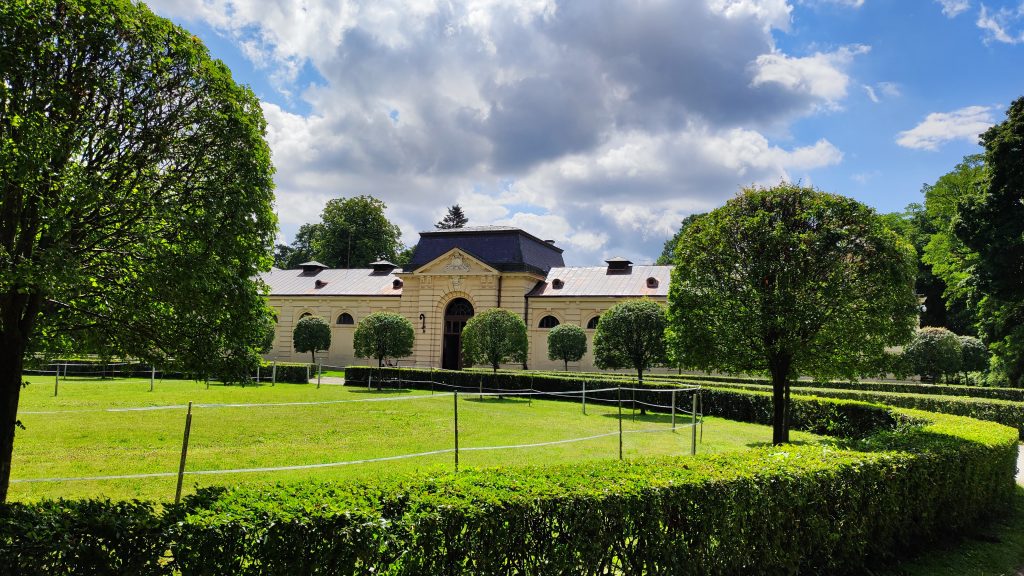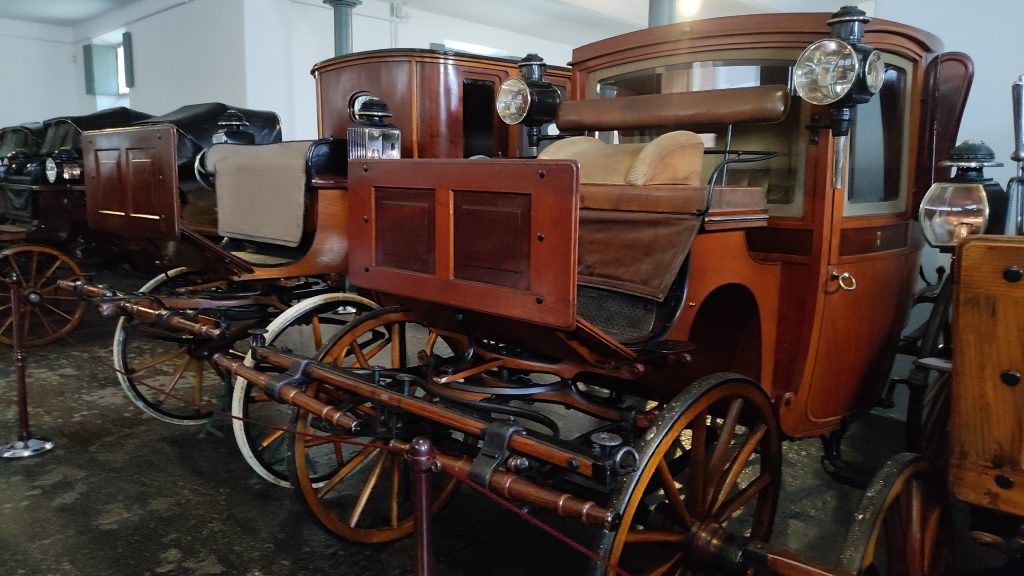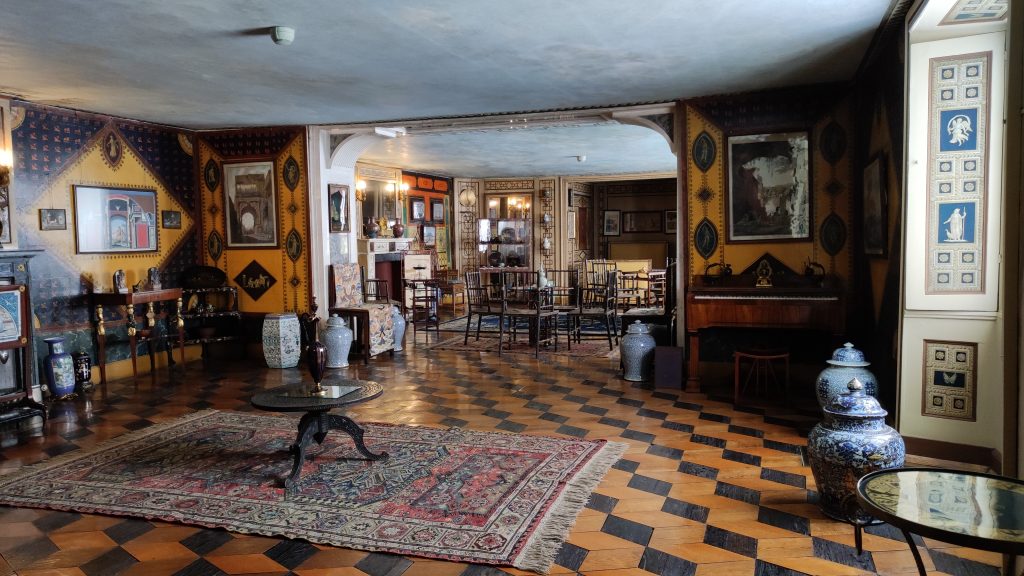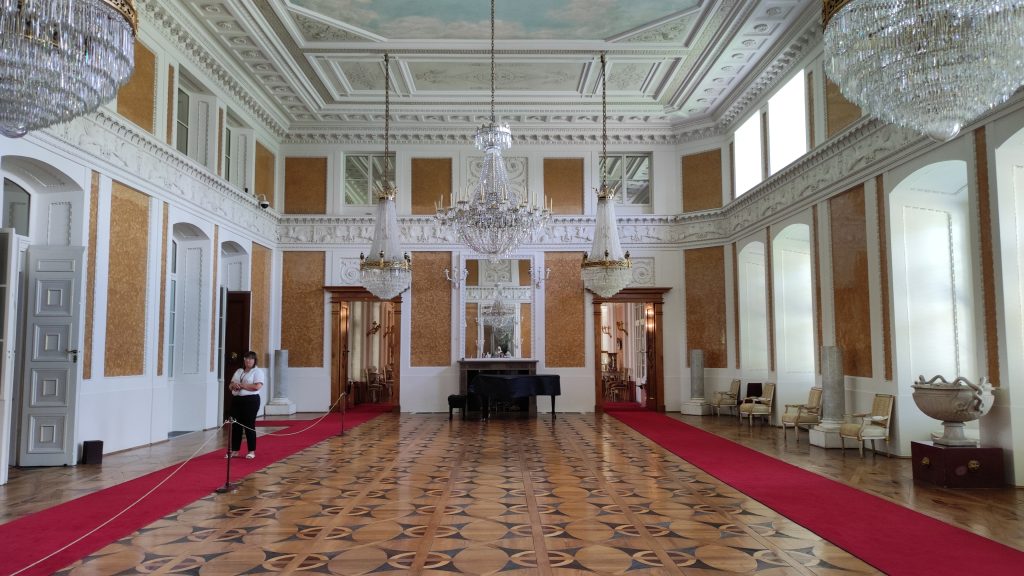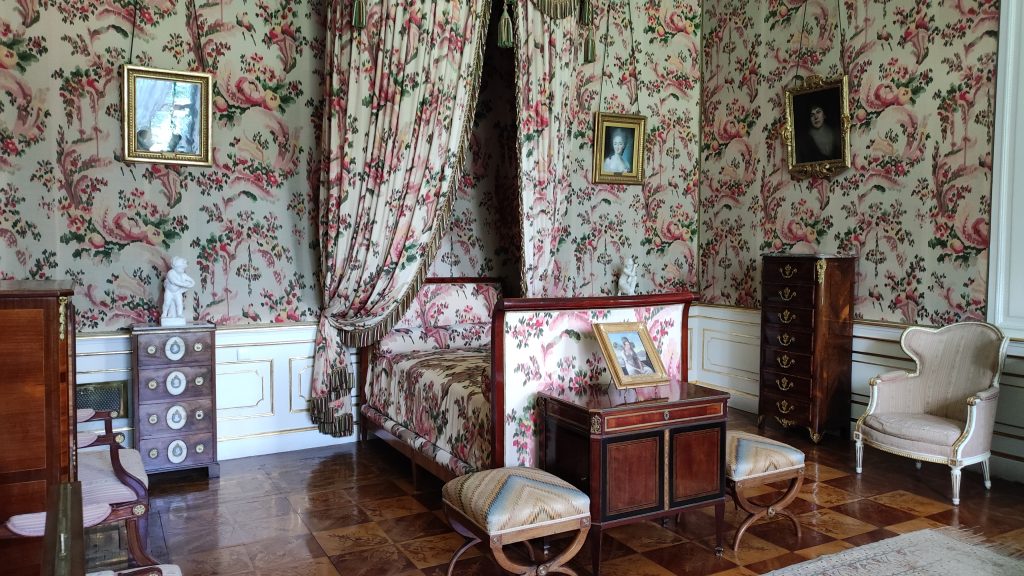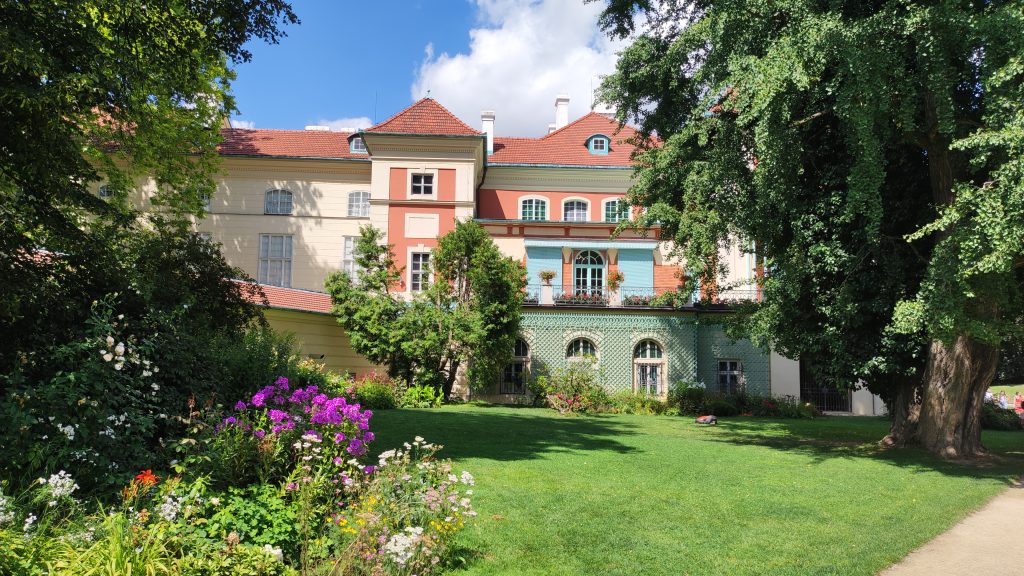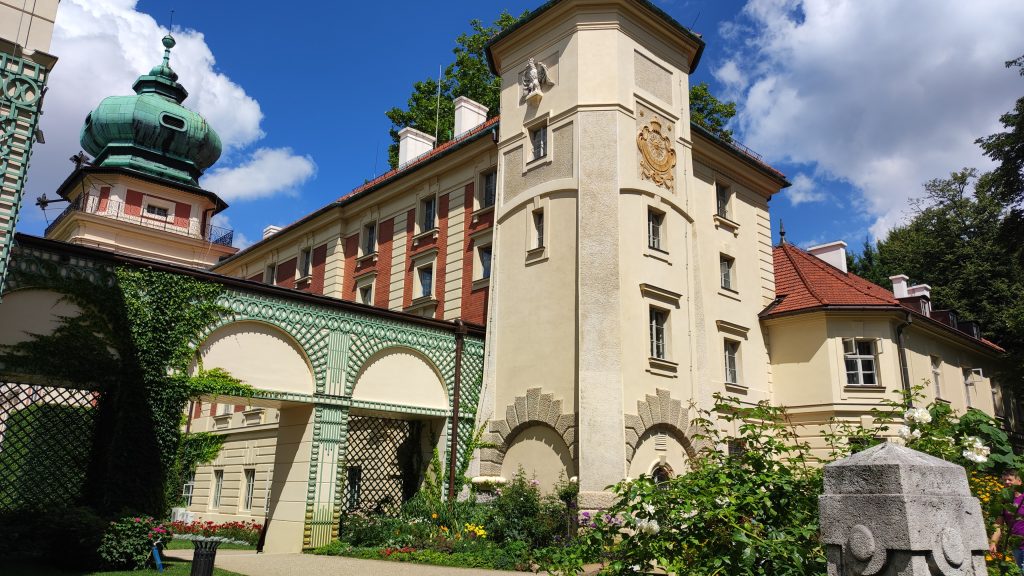The Łańcut Palace
When we say Łańcut, we usually mean the Palace and Park Complex in Łańcut (Podkarpackie Region)- one of Poland’s most important and beautiful cultural heritage sites. In 2005, it was included on the list of historical monuments as one with special historical value.
Currently, the beautifully maintained palace is the seat of a museum, where you can see exquisite interiors with original furnishings and plenty of works of art, as well as historical, religious, and ethnographic exhibitions. An interesting event that often occurs in the chateau is the creation of so-called living paintings. These are re-creations of famous works of art made by real people.
The magnate library of the Łańcut Palace is the largest and best preserved collection of its kind in all of Poland. It consists of around 22,000 volumes, books and studies.
There is also a palace park full of old trees – natural monuments. The entire green complex covers an area of 36 hectares and includes an orangery, Italian and rose gardens, a small lake and magnificent farm buildings: a coach house, stables and a riding school.
Łańcut is home to the world’s only historic magnate’s coach house, fully preserved. It houses luxurious horse-drawn vehicles: coaches, carriages, breeches, chaises and sleighs perfectly preserved in their original condition. They once belonged to the Potocki family, one of the former owners of the complex. They are in working order and from time to time it is possible to enjoy a ride in these historic vehicles through the extensive park areas.
The history of the palace dates back to the 16th century, but it was extended and renovated many times. By the early 19th century, it had become one of the most luxurious residences in continental Europe. It often hosted representatives of royal and aristocratic families and famous diplomats from all over Europe.
It is interesting to note how, at the end of the Second World War, the palace escaped total devastation by the Soviet army which destroyed and burned most of the monuments that survived despite the disastrous warfare. The administrator of the Potocki family estate, Juliusz Wierciński, placed an inscription in Russian on the walls saying “Museum of the Polish Nation”, thanks to which the palace and its collections survived, although the damage was severe.
After the end of the war, as a result of the nationalization of the landed estates, the palace effectively became state property and was transformed into a museum.
photos: Alina Jabłońska Domurat








